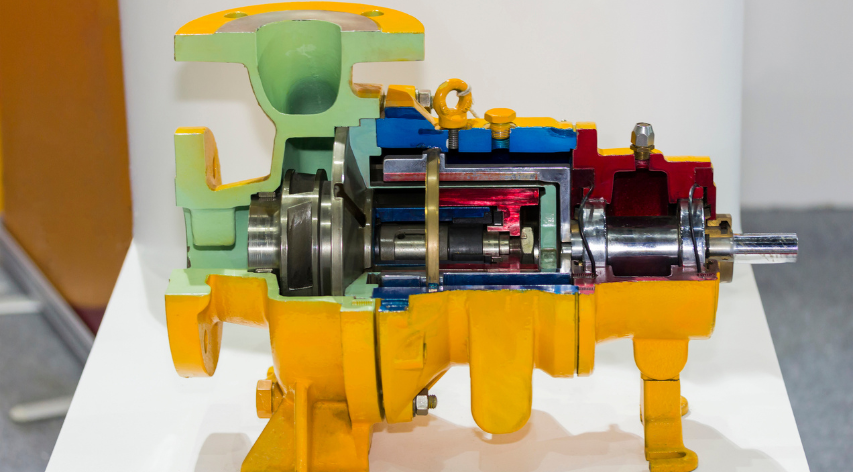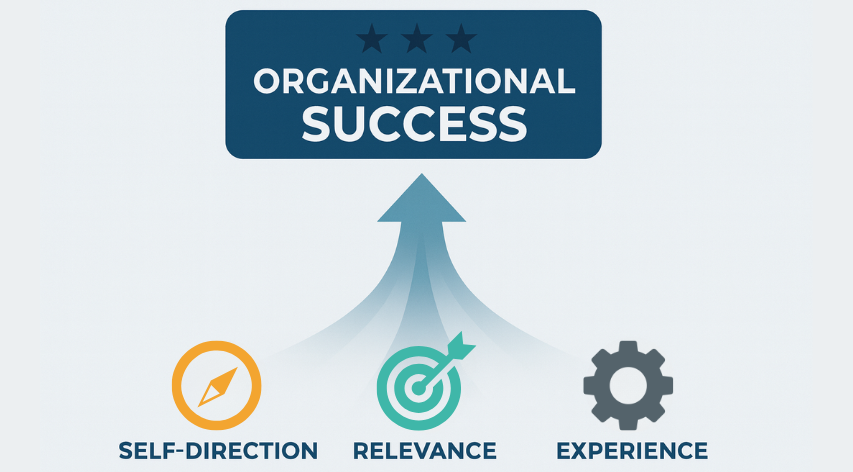Repair versus Replace – Not Always an Easy Decision
Equipment Operators face hundreds of work list items while planning for scheduled maintenance events. For each item the owner must make a decision on whether to repair or replace the equipment to resolve the deficiency. In some circumstances, owners are unable to come up with a cost-effective repair solution so they default to the replacement option. In other instances, the repair option is chosen based on the lowest upfront cost.
At Becht, we identify solutions that aim to reduce the overall life-cycle cost of equipment. This life-cycle cost includes both the repair/replacement cost and the probability weighted lost opportunity from unplanned outages. The probability for unplanned outages is dictated by the repair method; a full replacement will significantly decrease probability while a short term band-aid solution may only slightly reduce probability. This holistic analysis takes future events into consideration and thus minimizes cost in the long run.
Background
There are multiple levels of analysis that can be performed in the decision making process to repair or replace. The levels of analysis are analogous to the Fitness for Service tiers with increasing amounts of data and calculations required for each level. Does the owner operator have a basic deficient condition that requires quick back of the envelope calculations or is it complex, requiring a detailed analysis by subject matter experts in multiple fields? Ultimately it is a case by case basis that depends on the severity of the condition and complexity of the solution.
Types of Issues
Basic Issue
An example of a basic issue is an improper metallurgy bull plug that was installed in high sulfidation service. If the owner operator noticed a leak through the bull plug fittings what would be done? It is likely the decision would be made to replace the bull plug with the appropriate metallurgy. How the error occurred may also be investigated; incorrect practices, procedures, training? It is unlikely a detailed cost benefit analysis is needed for a rather simple issue.
Standard Issue
An example of a more complex issue is a flare line leak that cannot be easily isolated without shutting down multiple units. A typical short term repair strategy may involve a plug, wrap, or other method of stopping the leak. After the short term repair is made the next decision is how to permanently address the leak at the next planned opportunity. The owner may choose a variety of permanent repair options or replace the piping segment entirely. Each option will have different risk mitigation benefits and associated cost that need proper evaluation in order to determine the right fix for the particular scenario. Sites that default to the least upfront expensive option often find they end up paying a higher overall cost.
Complex Issue
A significant risk, such as a corroded FCC Main Fractionator or end of life FCC Cyclones, presents a tougher decision. There is a large quantity of data and stakeholders that are involved in this decision making process. Often these types of analysis involve combining expertise of corrosion & metallurgy, reliability engineering, process engineering, project engineering, and the turnaround team. Each team member must provide valuable input in order to make the decision transparent:
- Corrosion & Metallurgy / Reliability Engineering – What are the current damage mechanisms impacting equipment reliability? What is the expected life of the equipment given the quality of the repair strategy? What are feasible repair strategies that will extend equipment life? What are the inspection or monitoring techniques that can be utilized to reduce the probability of failure?
- Process Engineering – What are upstream & downstream impacts from the existing damage in the vessel, if any? What is the lost opportunity from an unplanned outage? What process impacts can be expected if damage continues to occur?
- Project Engineering – What is the cost of repair versus replacement from an equipment and manpower standpoint? What is the feasibility of a repair?
- Turnaround – What is the expected schedule impact for both a repair and replacement strategy? What is the impact on the remainder of the scheduled turnaround items based on the proposed work scope (e.g. superlift)?
Conclusions & Recommendations
Repair versus replace analyses come in all shapes and forms. Some situations require little to no discussion while others require hundreds of man-hours of work with multiple stakeholders. There is often millions of dollars on the table when comparing a full vessel replacement versus replacing canned sections. Turnkey rental of a crane capable of super lifts can cost upwards of $200,000/day with turnaround schedule impacts often costing more than $500,000/day. This yields significant cost justification for a thorough analysis. In one example Becht was able to show that replacing end of life FCC Regenerator cyclones had a $5,000,000 discounted cost advantage versus a repair.
Becht Engineering has provided risk assessments and complete repair versus replacement analyses for clients. We are able to provide the following:
- Exploration of potential repair options based on current condition of vessel. For example, Becht provided a unique repair strategy for a heater deflagration which allowed the equipment to be put back in service within one month.
- Cost and turnaround schedule impact analysis for each option (e.g. repair in place, replace single can section, replace entire vessel).
- Probability of future failure based on repair or replacement considering metallurgy, corrosion mechanisms, and industry experience.
- Detailed cost benefit analysis of repair versus replace. The end product is an expected discounted cash expenditure over the next ten years of operation including capital and lost opportunity based on probabilities of failure for each option.
For more information on what the Becht Engineering can do for you addressing Reliability, please CLICK HERE.
Have a question or would like more information? You may post to this blog or click the link below for more help.
[readon2 url=”index.php?option=com_rsform&view=rsform&formId=4&Itemid=739&lang=en”]Request Info[/readon2]







